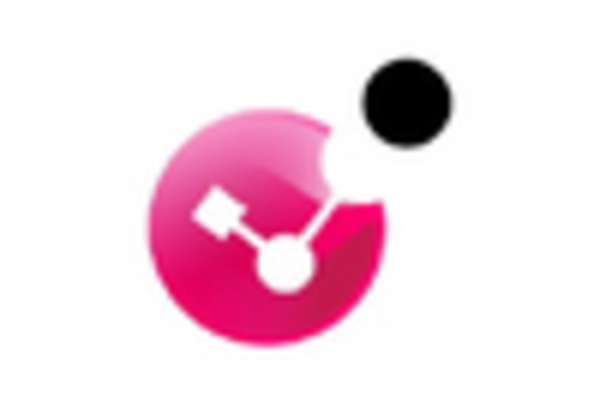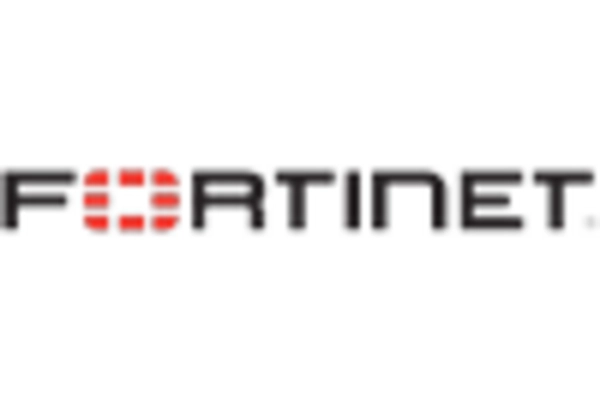Shift Towards Remote Work
The shift towards remote work in Canada has significantly impacted the software defined-security market. As more employees work from home, organizations face new security challenges, including securing remote access to corporate networks. This trend has led to an increased demand for software defined-security solutions that can provide secure connectivity and protect sensitive information. In 2025, it is projected that remote work will account for approximately 30% of the Canadian workforce, necessitating robust security measures to safeguard against potential vulnerabilities. Companies are therefore investing in software defined-security technologies to ensure that their remote work environments are secure and compliant with industry standards. This shift is likely to drive further innovation and growth within the software defined-security market.
Rising Cybersecurity Threats
The software defined-security market in Canada is experiencing growth due to the increasing frequency and sophistication of cyber threats. Organizations are compelled to adopt advanced security measures to protect sensitive data and maintain compliance with regulations. In 2025, it is estimated that cybercrime could cost Canadian businesses over $10 billion annually, highlighting the urgent need for robust security solutions. As a result, companies are investing in software defined-security technologies to enhance their defenses against potential breaches. This trend is likely to continue as the threat landscape evolves, pushing organizations to prioritize cybersecurity in their strategic planning. The software defined-security market is thus positioned to expand as businesses seek to mitigate risks associated with cyber threats.
Regulatory Compliance Requirements
In Canada, stringent regulatory frameworks are driving the demand for software defined-security solutions. Organizations must comply with various laws and regulations, such as the Personal Information Protection and Electronic Documents Act (PIPEDA), which mandates the protection of personal data. Non-compliance can result in hefty fines, potentially reaching up to $100,000 for organizations. As a result, businesses are increasingly turning to software defined-security market solutions to ensure they meet these compliance requirements. The need for effective data protection strategies is further emphasized by the growing emphasis on privacy and data security among consumers. Consequently, the software defined-security market is likely to see sustained growth as organizations invest in compliance-driven security measures.
Integration of Artificial Intelligence
The integration of artificial intelligence (AI) into security solutions is emerging as a key driver for the software defined-security market in Canada. AI technologies can enhance threat detection and response capabilities, allowing organizations to proactively address security incidents. In 2025, it is anticipated that AI-driven security solutions will account for over 25% of the software defined-security market. This trend is indicative of a broader movement towards leveraging advanced technologies to improve security posture. As organizations seek to enhance their cybersecurity strategies, the adoption of AI in the software defined-security market is likely to accelerate, leading to more sophisticated and effective security measures.
Increased Investment in Digital Transformation
The ongoing digital transformation across various sectors in Canada is fueling the growth of the software defined-security market. As organizations adopt new technologies and migrate to cloud-based solutions, the need for comprehensive security measures becomes paramount. In 2025, it is estimated that Canadian businesses will invest over $15 billion in digital transformation initiatives, driving demand for software defined-security solutions that can protect these new digital assets. This investment trend indicates a recognition of the importance of security in enabling successful digital transformation. Consequently, the software defined-security market is poised for growth as organizations prioritize security in their digital strategies.

















Leave a Comment